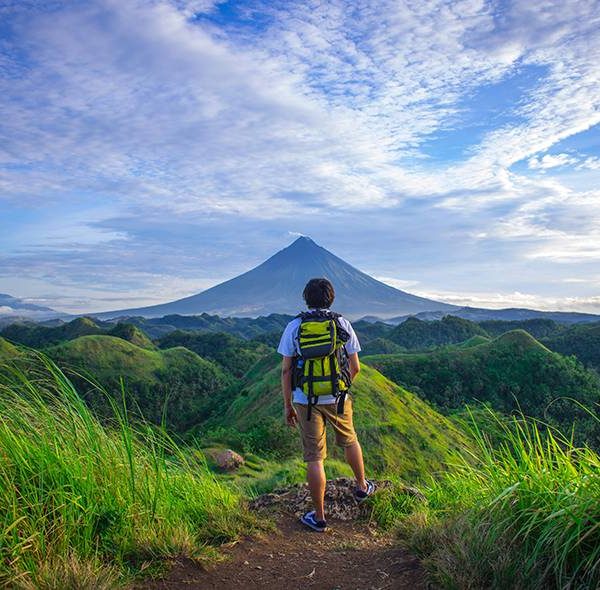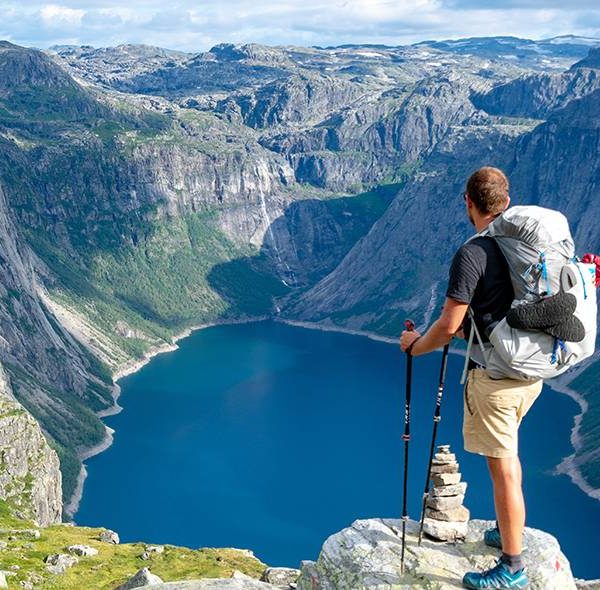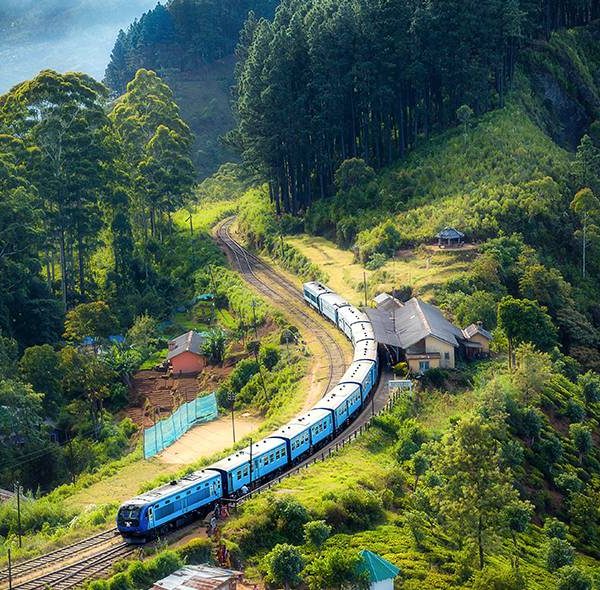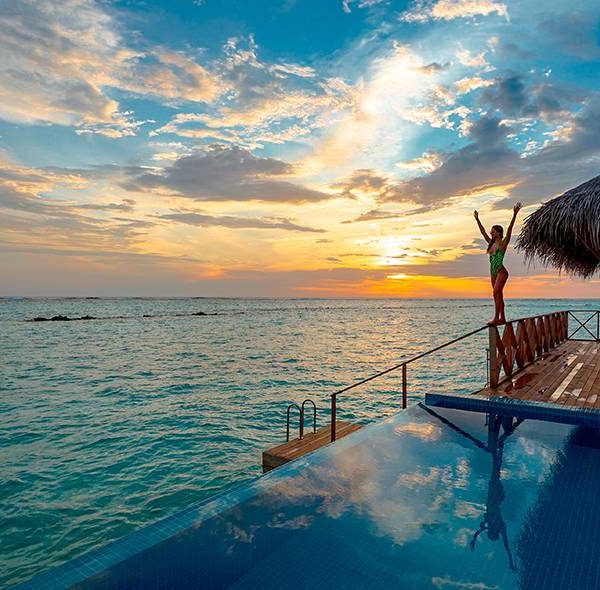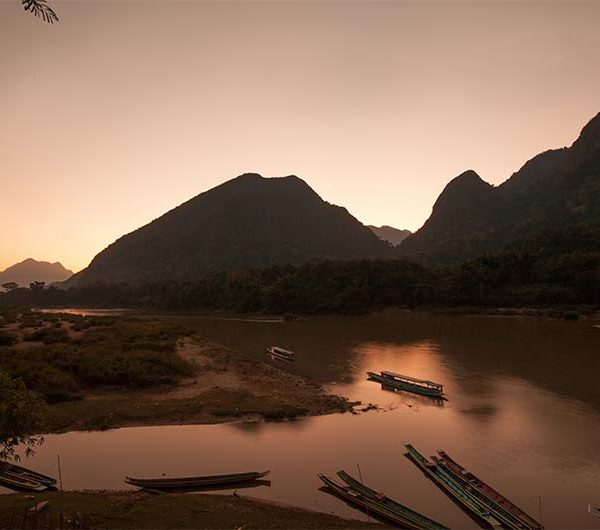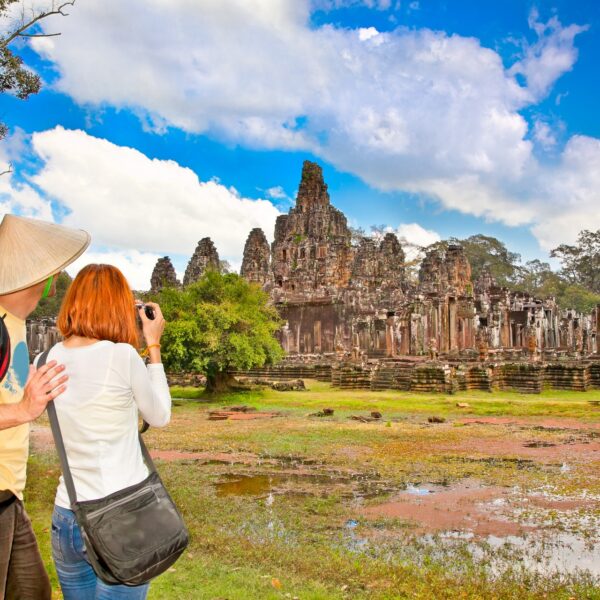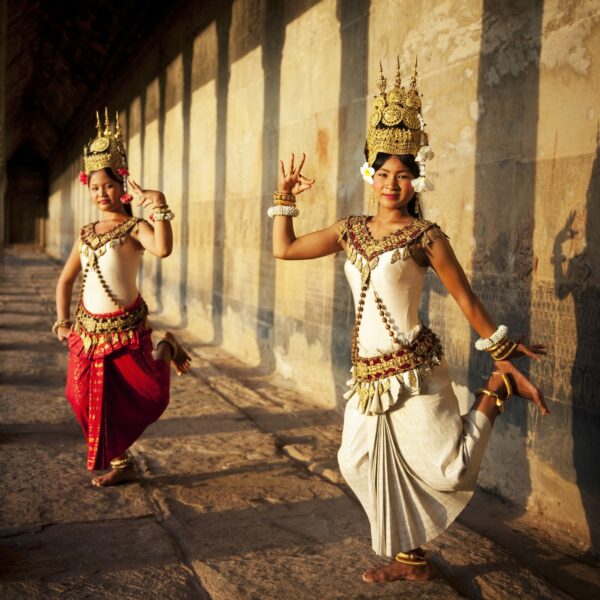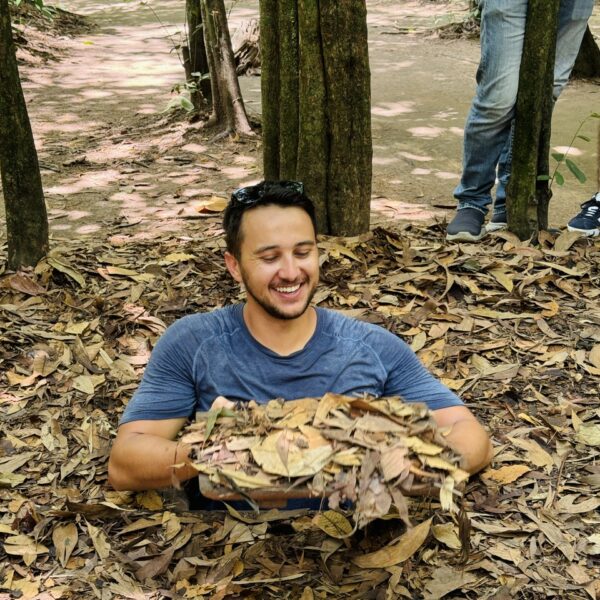Northwest Vietnam Motorbike Tour 7 Days
Overview
Northwest Vietnam now turns into a major tourist attraction that grabs attention from all ages. You start from Hanoi, head up the mountains on the historical Highway 6 and snake up and down the zig zag mountain roads, meet colorful hill tribe groups and visit their week-end markets. Covers most of the famous attractions in Northern mountainous areas, this Motorbike Adventure Tour to Northwest Vietnam takes you one week of roaming from surprise to surprise, from the unknown to the interest, from the indiscrete to the unforgettable memories.
Included/Exclude
- Private pick-up and drop off service
- Honda XR 125 Motorbike
- Helmet
- Gasoline on tour
- Mechanic (only for group from 6 passengers)
- English speaking guide
- Shared accommodation in twin/double room with daily breakfast
- Home-stay permission
- Additional meals as indicated in the itinerary
- Admission fees and permits
- Drinking water
- International flights
- Visa fee and visa stamp fee
- International departure tax
- Travel insurance
- Pre and post accommodation in Hanoi
- Personal expenses such as shopping; telephone, laundry and bar bills etc.
- Peak season surcharge if any
- Compulsory Gala dinner on X-Mas & New Year if any
- Vietnam visa stamp fee (US$ 45 & 02 passport photos per person)
- Other services not mentioned above.
Tour Amenities
Tour Plan
Our guide will pick you up at your hotel about 8 a.m to go to our store to get the bike(s)
Mai Châu is a mountainous region located in Hòa Bình Province, approximately 135 km from Hanoi and 65 km from Hòa Bình town. This idyllic valley is embraced by emerald mountains and clouds, making it an retreat centre in North Vietnam. The verdant mountainous scenery and tribal culture of Mai Châu attracts many visitors every year.
There is an estimated 48,570 inhabitants including 7 Ethnic Minority groups. ‘White Thai’, ‘H’Mong’, ’Zao’, ’Muong’, ’Tay’, ’Hoa’, and ‘Viet’. Mai Chau consists mainly of the ‘White Thai’ people. The Ban Lac People have Thai ancestors that settled in the North-Western area of Vietnam. The two tribes, White Thai and Black Thai, settled in the same area and make up the largest ethnic population of the region.
The Mai Châu area is well known for its stilt houses. The type of stilt houses, or pile dwellings, they construct are called Thai stilt houses and are made of bamboo and timber. These houses are elevated 10–12 feet off the ground in order to avoid water damage and shelter animals from the elements.
Distance: 160 km
Accommodation: Home-stay
Say goodbye to beautiful and peaceful Mai Chau Village, we head to Road 6 and turn to ride along Black River to Phu Yen Town (in Son La Province)
The Black River (from the Vietnamese name sông Đà, from đà “dark-brown). Its source is in Yunnan province of China. From China, the river’s course passes through the Vietnamese provinces of Lai Châu (where it forms part of the border with Điện Biên Province), Sơn La and Hòa Bình. The Black River is the most important tributary of the Red River, which it joins in Tam Nông District near Việt Trì inPhú Thọ Province.
In Vietnam, there are two large hydroelectric plants on the Black River. The Hòa Bình Dam was completed in 1994. The Sơn La Dam was completed in 2012 and became the largest hydroelectric producer in Southeast Asia. Construction of the Lai Châu Dam in the Mường Tè District of Lai Châu Province was started on January 5, 2011.[7][8]The total installed power capacity of these three dams is 5520 megawatts
Distance: 150 km
Accommodation: Guest house
The next roads lead you to MuCang Chai, its charms that are hidden in the scenic rice fields and thin blankets of fog at the beginning of the winter. The popular attraction of Mu Cang Chai lies in its terraced rice fields which are primarily situated in the district’s Che Cu Nha, La Pan Tan and De ZuPhinh villages. These imposing fields draw a large number of both Vietnamese and foreign travelers who love to take pictures of and indulge themselves in the amazing beauty of the national heritage site.
For the place being about 1000 meters above sea level, the steep hills make it almost impossible to grow rice fields like those in the delta. Thus local residences grow their own rice on the terraced fields, for the purpose of preventing water from flowing downhill. These terraced fields lying among rugged green moutain valleys, under clear blue sky or a mysterious and crips fog, bring to eyes an imposing scenery. During harvesting season, ready crops transitioned to yellow, while new crops still remain in their green color. The scenery is a big attraction to photographer and trekkers.
Distance: 190 km
Accommodation: Home-stay
Well, the fancyful fogged town brings in peace in a fine, rugged scenery and cultural diversity…Geographically, Sapa is exactly a mountainous area of Northwest Vietnam. The whole Sapa District is dominated by the Hoang Lien Son mountain range which is at the Eastern extremity of the Himalayas, being famous with the Vietnam’s highest mountain of Fa si pan at a height of 3,142 m above sea level. The town of Sa Pa lies at an altitude of about 1,600 m, bringing in a cool and foggy site of Sa Pa.
Sapa is famous for its special cultural diversity in a combination of ethnic minority groups’ culture. Visitors to Sapa will have opportunities to discover the unique customs of the local residents. Local markets are the town’s typically cultural element, which are always crowded and joyful, attracting hundreds of visitors. This is the common place for minority groups to gather and exchange goods. Market sessions are also a chance for local people to promenade. No foreign visitor could help joining such a market session, a typical cultural element of Sapa. What is more, tourists coming to Sapa at weekends have the great chance to learn about local ethnic people’s courtship and martial life, through the Sapa love market and wife kidnapping ceremony of the H’Mong group. The ceremony will begin on April 29th. This is part of a five-day festival, titled Festival on the Cloud, to mark the beginning of the Sapa 2006 tourism year, in the northern mountain township of Sapa, in Lao Cai Province.
Distance: 150 km
Accommodation: Hotel
Lục Yên is a rural district of Yên Bái Province, in the Northeast region of Vietnam. As of 2003 the district had a population of 100,785. The district covers an area of 811 km². The district capital lies at Yên Thế. Numerous quarries in the district produce gemstones such as rubies, spinel, and tourmaline. The topography of the district is divided by two main mountain ranges running along the northwest – southeast that creating valleys, flat basin where the population is concentrated in manufacturing and live a long life.
Rolling limestone mountains and hills, quiet diversified forms of existence with time , Luc Yen is a land of many historical relics and landscapes that hide many captivating legends. This place is also known as the land of Jade by having the large reserves of precious stone ruby and white limestone, along with mining and processing of white stone art , the craft of making gemstone paintings is the attraction to tourist.
Distance: 160 km
Accommodation: Homestay
Situated 180km from Hanoi, Thac Ba Lake is one of three Vietnam’s largest artificial lakes and famoust for the first hydro power plant. Thac Ba Lake is known as an actractive eco-tourism site. Thac Ba Lake was created in 1970 by the construction of a dam on the Chay River. Thac Ba reservoir covers a total area of 23.400 ha, of which 19.05 ha is water area and the remaining 4.35ha of islets on the Reservoir. The length of the Reservoir is 80km, maximum width is 10km, the average depth is 15 – 25m and maximum depth is 42m.
This artificial lake has 1,331 islands and hills with diverse ecological environments. The water in the lake is blue and clear, and imprinted with the reflections of the surrounding ancient forest.
There are 12 ethnic minority groups such as Dao, Tay, Nung, Cao Lan, Phu La.surrounding Thac Ba reservoir. These ethnic minority groups feature their own special and colourful traditional festivals. Coming to Thac Ba lake, tourists will have chance to enjoy speciality fish dishes, such as ven (bream), lang (hemibagrus), qua (snake-head), bong tuong (goby) and thieu bac (culteralburnus). Visitors can also sample Dai Minh famous sweet mandarins and pommels
Distance: 80km
Accommodation: Homestay
After breakfast you ride shoutheast on Highway 2 and then branch off to the sleepy town of Phu Tho. Follow the edge of the Red River along the dyke, almost to the point where it merges with the Black River after which they both flow to Hanoi.Crossing the Black River by bridge, we pass Son Tay town and return to Hanoi before 4pm, so the rush hour will not bother you.
Distance: 170 km
Accommodation: N/A


